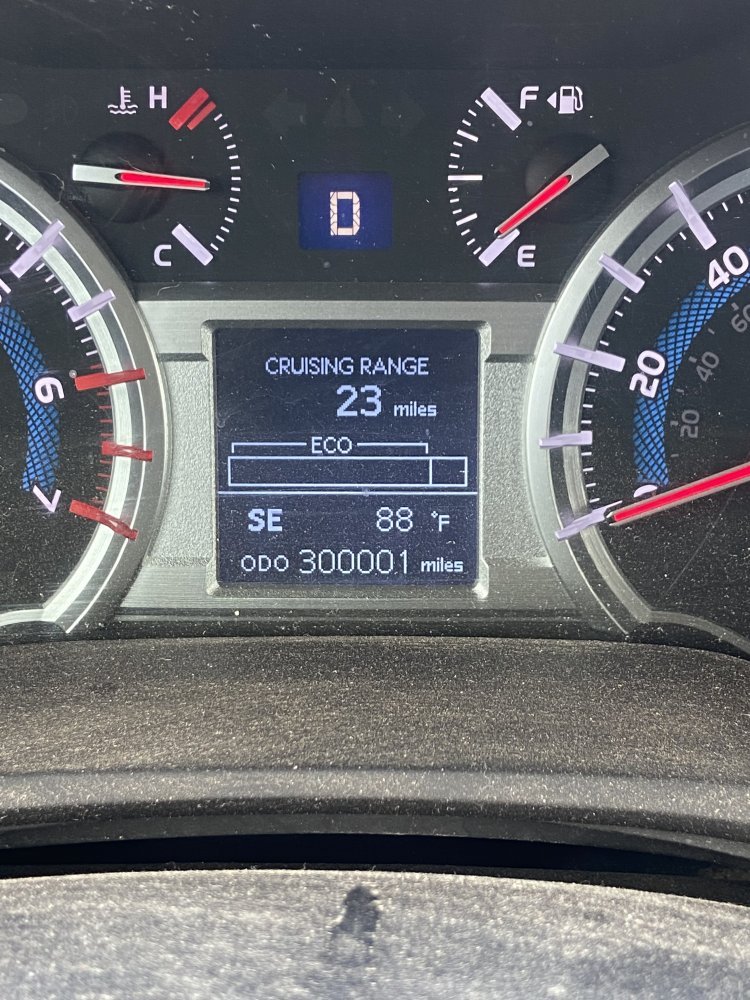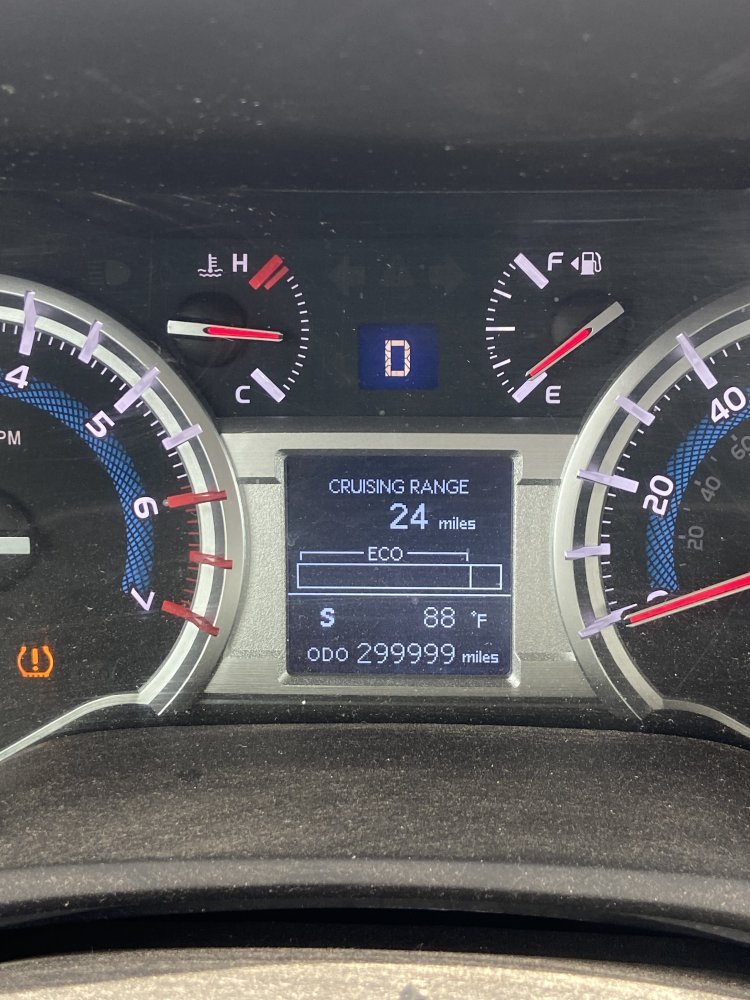Big T
Well-Known Member
During braking from 60 mph down to 30 mph I’m getting a death wobble in the front. Recently replaced tie rods and had it aligned. Have checked upper and lower control arms for bushing wear and ball joint wear which checked out fine. How do I trouble shoot this?
Truck just rolled over 300K miles and all suspension is OEM.


Truck just rolled over 300K miles and all suspension is OEM.


